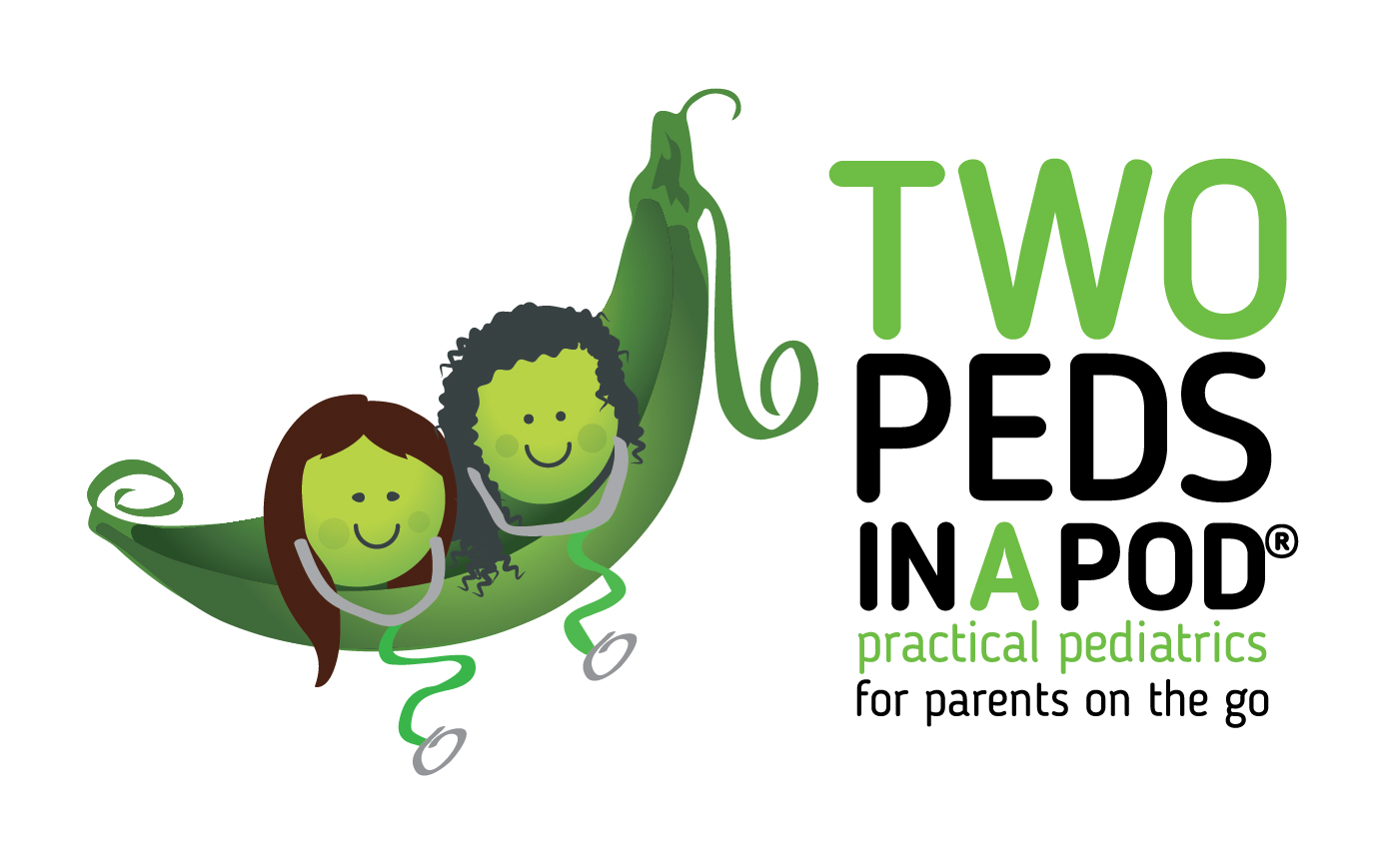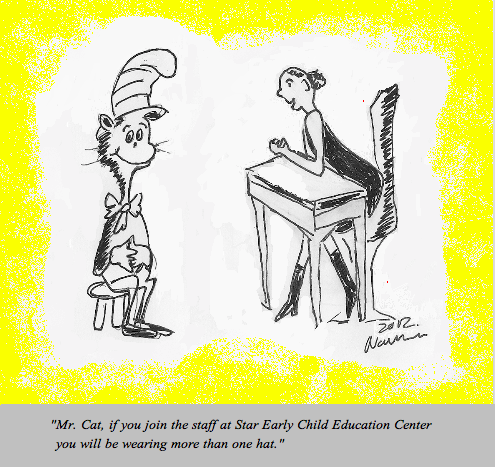 My youngest child clambered off the bus Friday afternoon with a fixed grin across his face.
My youngest child clambered off the bus Friday afternoon with a fixed grin across his face.
“What are you doing here?” he asked curiously. Usually, I am not home in time to greet the afternoon bus.
“I came to walk you home from the bus stop and then go for a run,” I said beaming, and kissed him on the forehead.
As my son stiffly kissed me back, the strange fixed grin remained on his face. Then I noticed his hands were behind his back. With a sly glance, I saw he clutched a crinkled brown paper bag. I smiled. Hidden crumpled paper bags close to Mother’s Day mean only one thing — a “surprise” gift.
“Don’t you want to go running now?” my son asked as we walked up our driveway, carefully rotating his body so that he continued to face me.
“Yes, good idea” I said, and resisted the temptation to look back.
As I jogged through the neighborhood, I mused over the upcoming holiday and what it meant to be a “happy” mother on mother’s day. Last week I had gained some insights after participating on a panel at Brown University’s Women’s Leadership Conference. The topic of the discussion was “Happy Kids/Happy Parents: What’s the Secret Sauce?” The talk was lively, and since it was a women’s conference, discussion focused on motherhood. Ultimately the conclusion made by moderator Clare Hare was “There is not one right way to parent,” but, perhaps, some good guidelines. Here are some ideas to think about:
On the dilemma of working outside the house vs. working full time as a mom at home: As a mom it is easy to give, give, and give so much of yourself to others that you can lose a little (or a lot) of your own self-identity. By maintaining a self-identity you become a more confident mother. Some women draw confidence from forging a career outside the home. Others draw from organizing local community-based activities. A mom ultimately needs to feel at the end of the day that she raised her own child, no matter how she does it. Stop comparing yourself to others and do what is right for your own family. In an economy where it is often not financially feasible for one partner to stay at home, working outside the home may be less of a choice and more of an obligation; however, the crucial point remains— if you are not the person you want your child to see, then become the person you want her to see.
On helicopter parenting: Worried that you are too much of a helicopter parent? Know where to draw the line. Use the “cry now or cry later” philosophy. If you know your child will be crying in 30 years when he is obese and diabetic because you didn’t insist on a healthy diet with limited “junk”, stand your ground and let him cry now and you refuse him a second helping of cake. If you know your child will NOT be crying in 30 years because you didn’t insist that he continue piano lessons, let it go.
On keeping you and your child sane during the college admission process: Yes, statistically it’s tougher than ever to get into colleges- this is a matter of demographics. There are more college-bound seniors because of population growth, and hence more applicants per spot. But the pressure for students to overextend themselves in multiple activities is imposed by parents and the kids themselves, not by the admission offices. In the years preceding applying to college, encourage your child to concentrate on excelling in specific areas—think quality not quantity. Do what comes from the heart. When your child seems overwhelmed, as Dr. Kardos and I always say, insure basic needs are met — eat, sleep, drink, pee and poop. And don’t forget to leave time for play and relaxation.
On ignoring hype: Be willing to change your opinion in light of data. Use evidence, not hype, to drive your actions. Despite data showing teens naturally awaken later in the morning than younger children, one audience member recounted how she still encountered many difficulties when she advocated for later high school start times in her school district.
All thoughts to nosh on.
You never realize the soaring magnitude of your own mother’s love until you meet your child. No matter your approach to raising children, we wish you “happy” as you remember how you felt when you were the child who brought home a brown crinkled paper bag to surprise your own mom. And again “happy” as you feel gratitude and awe for the privilege of now receiving the surprise.
Dr. Kardos and I wish you a Happy Mother’s Day.
Naline Lai, MD
Special thanks to my fellow panelists: Clare Hare, Principle of Clare Hare Design; Jill Hereford Caskey, Director, Alumni College Advising Program, Office of Alumni Relations, Brown University; Judith Owens , Director of Sleep Medicine, Children’s National Medical Center; Peg Tyre, Director of National Advocacy, Edwin Gould Foundation, author of The Trouble With Boys and The Good School.
© 2012 Two Peds in a Pod®
 Guest blogger pediatrician Heidi Román returns to us today to give practical advice on how to decrease potential toxins in your child’s environment.
Guest blogger pediatrician Heidi Román returns to us today to give practical advice on how to decrease potential toxins in your child’s environment.




 My youngest child clambered off the bus Friday afternoon with a fixed grin across his face.
My youngest child clambered off the bus Friday afternoon with a fixed grin across his face.
 I have a confession to make. Two of my kids still have not had their blood cholesterol checked. You see, according to the National Heart, Lung and Blood Institute (NHLBI), kids with risk factors for heart disease (in my children’s case, a grandfather who had an early heart attack) should have their cholesterol level checked. But I’ll be getting my kids to the lab soon. New research shows that although heart attacks and strokes are rarely seen until adulthood, atherosclerosis (cholesterol plugs) in blood vessels, which is a precursor for heart disease, can be seen as early as during fetal growth. The concern is so great for heart health that guidelines were recently revised: EVERYONE, regardless of risk factors, should be screened twice during childhood.
I have a confession to make. Two of my kids still have not had their blood cholesterol checked. You see, according to the National Heart, Lung and Blood Institute (NHLBI), kids with risk factors for heart disease (in my children’s case, a grandfather who had an early heart attack) should have their cholesterol level checked. But I’ll be getting my kids to the lab soon. New research shows that although heart attacks and strokes are rarely seen until adulthood, atherosclerosis (cholesterol plugs) in blood vessels, which is a precursor for heart disease, can be seen as early as during fetal growth. The concern is so great for heart health that guidelines were recently revised: EVERYONE, regardless of risk factors, should be screened twice during childhood. 
 My oldest child hated tummy time. Miserable, she would flail on the floor and wail like a marooned walrus. Although she eventually learned to tolerate it for periods of time, she disliked time on her belly so much, she skipped the developmental milestone of flipping over from her back to her belly and went straight to sitting upright.
My oldest child hated tummy time. Miserable, she would flail on the floor and wail like a marooned walrus. Although she eventually learned to tolerate it for periods of time, she disliked time on her belly so much, she skipped the developmental milestone of flipping over from her back to her belly and went straight to sitting upright.  Squeezed through the birth canal, many babies are born with pointy, cone-shaped heads. Others, delivered by caesarian section, start off life with round heads. No baby begins with a flat head. But as parents put babies on their backs to sleep in accordance with
Squeezed through the birth canal, many babies are born with pointy, cone-shaped heads. Others, delivered by caesarian section, start off life with round heads. No baby begins with a flat head. But as parents put babies on their backs to sleep in accordance with  “What will happen if your grade drops from an “A” to a “C”?” I sometimes ask during a check-up.
“What will happen if your grade drops from an “A” to a “C”?” I sometimes ask during a check-up. 